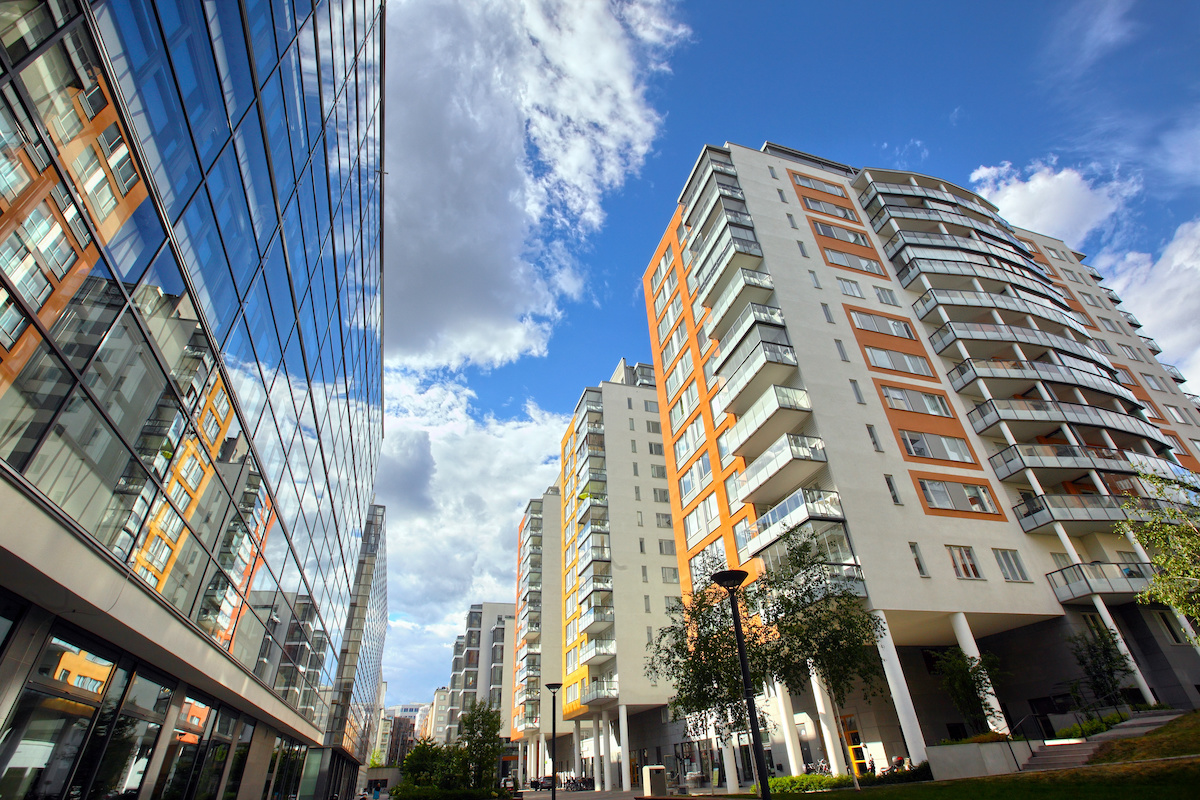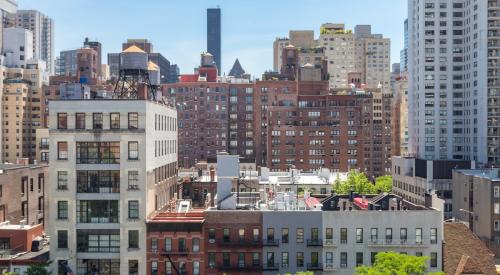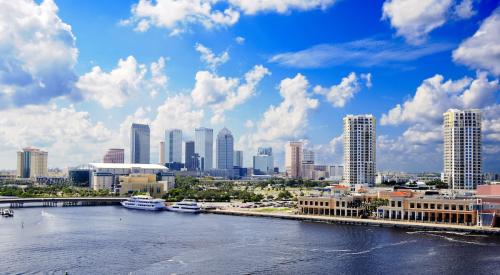The rental market has surpassed all pre-pandemic predictions and reached a strong recovery with average rents increasing by 9.2% year over year. A typical US rent is now $1,843 a month, according to Zillow, and the fastest recorded rent increase in Zillow’s tracked five-year rent history. If there had been no pandemic, Zillow predicted rents would be 2.9% lower than they are today. There’s rebalancing in the for-sale market as well with inventory increasing for the third consecutive month and home value growth slowing in many of the largest markets.
Rents first surpassed their pre-pandemic trajectory in June, recovering from a difference of -3% (-$55) at its lowest point last September. The stalled rental market from last spring through this past winter stood in sharp contrast to the still-strong for-sale market, but recent months of intense rental demand has caused rent growth to accelerate.
Rents in nine of the nation’s 50 largest metros — Tampa, Riverside, Las Vegas, Jacksonville, Memphis, Phoenix, Virginia Beach, Atlanta and Miami — are more than 10% higher than their projected rent levels for July based on pre-pandemic trends, topping out at 15.6% higher in Tampa. Only nine metros are yet to catch up with their projected levels, mainly concentrated in more-expensive coastal markets: Los Angeles, Washington D.C., Chicago, Minneapolis, Seattle, Boston, New York, San Francisco and San Jose. Even so, rents in New York, San Francisco, and San Jose were all up year-over-year, posting slight gains after more than a year of consecutive declines. While the recovery in these expensive markets has taken longer to take effect, their rebound has been strong — and accelerating — in recent months.
Inventory Rebound Continues
For-sale inventory, while still down 27.6% nationwide from a year ago, climbed 4.5% from June, the third straight month-month increase, and was higher than June in 47 of the top 50 markets. Inventory was up more than 10% month-month in Detroit, Buffalo and Cleveland, but remains down between 16% and 38% from last year in each of those markets. Inventory fell month-over-month in Boston, Raleigh, and Miami, and only three metros saw both positive month-over-month and year-over-year inventory — San Jose, San Francisco, and Washington D.C.













